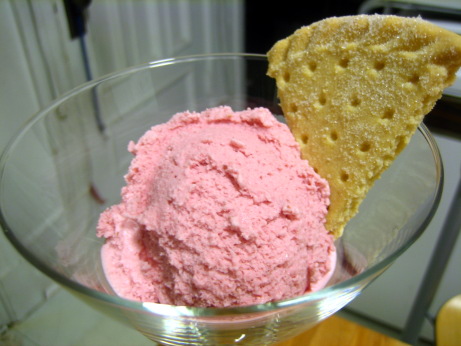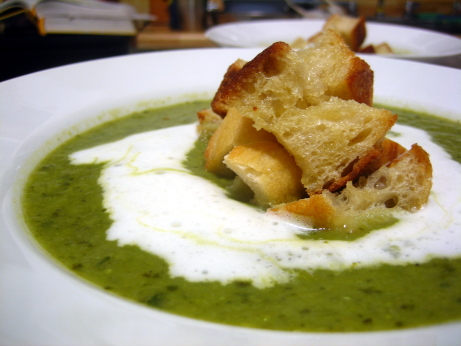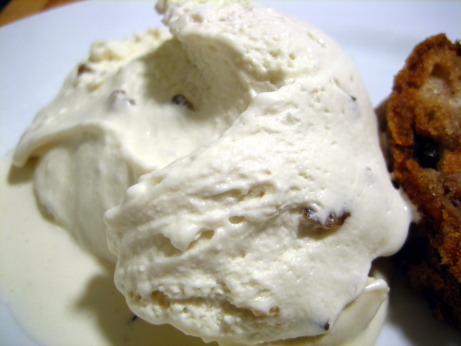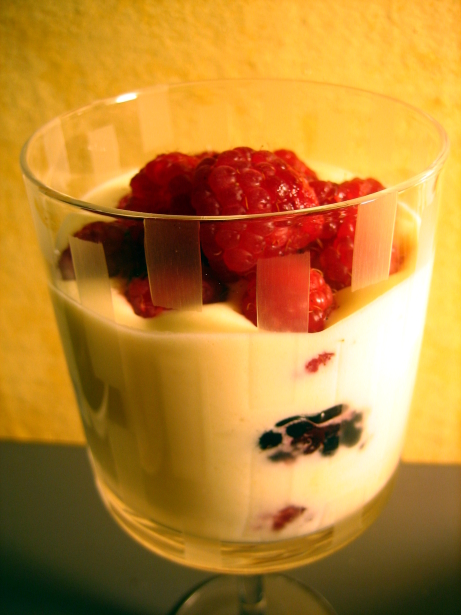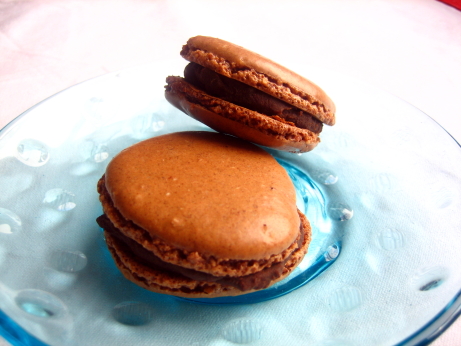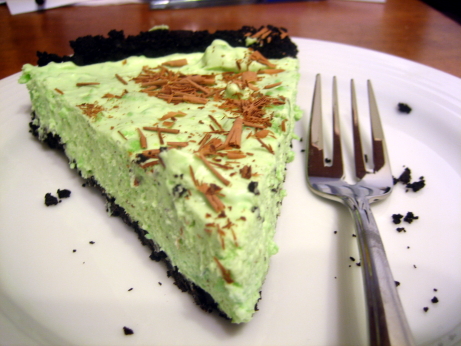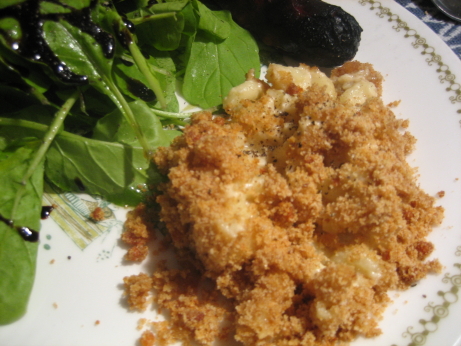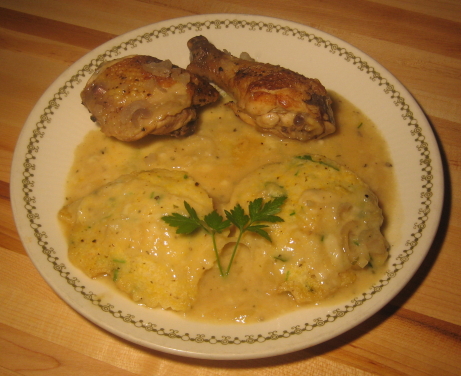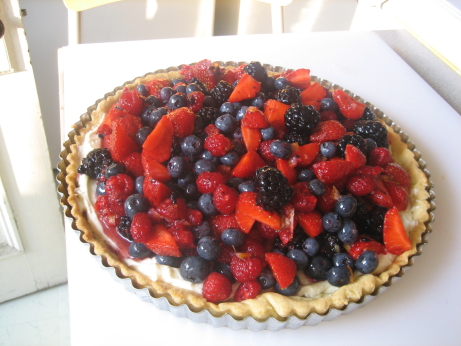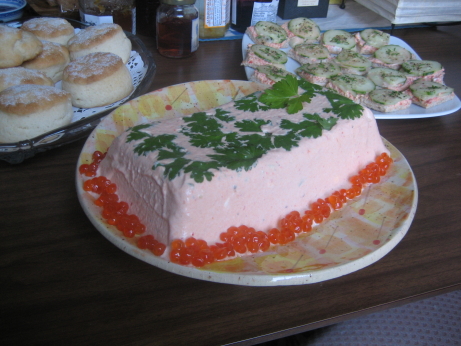This is ice cream for the lazy, if you have an ice cream maker you can get this cheesecake version will only take up about 20 minutes of your time. There’s also less decision making to do. For regular ice cream you make a custard and heat it until it just coats a spoon, about 170 degrees. This can be a bit of a trick if you’re rotten with a thermometer, or don’t know what nappé is supposed to look like. This ice cream does away with all that, it’s just chopped strawberries, cream cheese, sugar, milk, lemon juice, a pinch of salt, which go for a spin in the blender. You then stir in heavy cream, and chill the whole mixture. Once it’s cold you add it to the ice cream maker, churn it, then pop it in the freezer for a couple of hours to firm up.
The Good: This ice cream tastes like strawberry cheesecake, only colder. The cream cheese added richness and tang to the ice cream, and accounted for a whole lot of the flavour. The strawberries were very present, but just like in strawberry cheesecake they didn’t taste much like strawberries anymore. I’m not sure why that is, but I find that through some alchemy they stop tasting like strawberries and start tasting like strawberry cheesecake somewhere along the way. That is in no way a bad thing, strawberries are great, but so is strawberry cheesecake.
The Bad: This ice cream tastes like strawberry cheesecake, only colder. My dining companion isn’t into strawberry cheesecake, or strawberry desserts in general, I had a lot of this stuff to go through alone. The texture was also a bit off. It was very thick, probably from the cream cheese, and set up quite firmly. I would have preferred a creamier, more yielding ice cream.
I skipped the chilling step after the ingredients are blended together, and went straight to the freezing step. The point of chilling the base is to help it freeze as quickly as possible when it goes into the ice cream maker. Faster freezing means smaller ice crystals, means a smoother creamier texture. It’s possible that my issues with the texture were a result of my shortcut, but I don’t think so. The mouth feel was good, it wasn’t gritty or grainy as ice creams that weren’t frozen quickly enough can get, so I suspect the texture is due to an excess of cream cheese.
The Verdict: It’s ice cream, it tasted good. On an objective – is this something you would eat again?, level the answer is absolutely yes. But, there are only so many ice cream making opportunities in life, and I think my time could be better spent.
